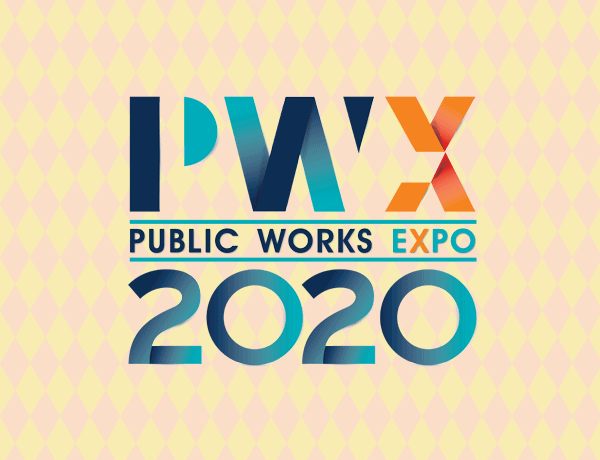Video
Part of a series of free virtual briefings focused on advocacy and APWA’s policy priorities, this session focuses on emergency management policy. APWA Government Affairs Manager Marty Williams provides a legislative update, overviews APWA’s emergency management policy priorities, and gives insight into how APWA members can get involved in critical advocacy efforts.
Read MoreNo city, large or small, can operate effectively without proper, reliable sanitary sewer collection systems and wastewater treatment plants. Large municipalities have large water operations, but small cities and rural communities…
Read MoreFacing years of aging infrastructure and inadequate sewer system capacity, the City of San Mateo was issued a Cease & Desist Order by the State of California Regional Water Quality…
Read MoreBrought to you by the APWA Solid Waste Management Committee, this interactive session will allow attendees to learn how their colleagues around the US are diverting food waste from disposal.…
Read MorePreventing costly and inconvenient damages to buried utilities is a challenge for public works operators, especially because it requires coordination between a variety of third parties including excavators and utility…
Read MorePart of a series of free virtual briefings focused on advocacy and APWA’s policy priorities, this session focuses on water resource management policy. APWA Government Affairs Manager Sean Garcia provides a legislative update, overviews APWA’s water policy priorities, and gives insight into how APWA members can get involved in critical advocacy efforts.
Read MoreHaving an asset management plan has never been more important for public works departments. However, creating and implementing an asset management plan will be much different in a small city or rural…
Read MoreThe City of Coral Gables is located within Miami-Dade County, Florida. The city owns, operates, and maintains its Sanitary Sewer Collection System. Wastewater flows from the city are then discharged…
Read MoreThe Americans with Disabilities Act (ADA) has applied to units of state and local government since January 26, 1992. In the 1990s, many governmental agencies were confused by the requirements.…
Read MoreNearly 70% of the world population is expected to live in urban areas by 2050. As a result, more cities are turning to smart technology for data and insights to…
Read More